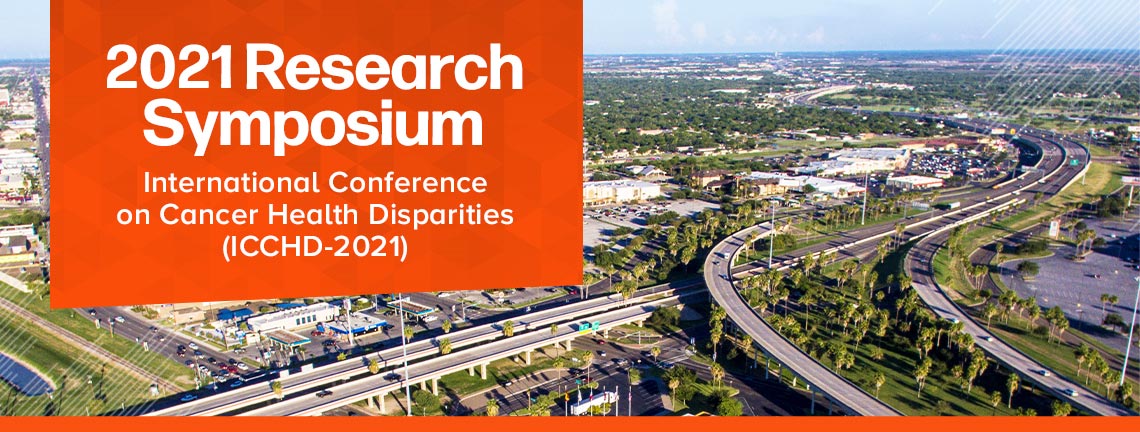
Posters
Conservative Versus Surgical Management for Non-Traumatic Subarachnoid Hemorrhage
Academic/Professional Position (Other)
MD
Presentation Type
Poster
Discipline Track
Clinical Science
Abstract Type
Research/Clinical
Abstract
Background: Non-Traumatic headache is a common complaint of patients going to the emergency room. Most are benign, and a low percentage of cases present with non-traumatic subarachnoid hemorrhage (ntSAH). This is a life-threatening emergency with a high risk of morbidity and mortality. Diagnostic approach and treatment will impact patient outcome.
Methods: Nine articles have been selected from Pubmed, Google Scholar, International Journal of Emergency Medicine, Journal of Neurosurgery, International Journal of Emergency Medicine, including cohort studies, a cross-sectional study, and several observational studies and clinical trials.
Results: There is no consensus about treating patients with no traumatic Subarachnoid Hemorrhage (ntSAH) among expert clinicians worldwide. Many concerns arise from an attempt to establish a protocol for the individual patient. However, in some institutions, the wide variety of management practice testifies to non-agreements in the medical community. We sought to design a survey that would highlight controversy in the modern management of ntSAH and identify specific areas of interest for further research.
Conclusions: Early diagnosis and adequate management for ntSAH are crucial for a patient's survival. There are many tools and strategies to approach and treat our patients with severe headaches, and we must understand the strengths and limitations of each strategy. Early aneurysm repair is generally considered the most vital strategy to reduce.
Recommended Citation
Valladares Renderos, Marco Antonio; Canenguez Benitez, Johanna Stefany; Abarca Guzman, Oliverio Jose; Hernandez Henriquez, Tabata Elizabeth; Ostorga Menjivar, Maria Soledad; Martinez, Angela; Benitez Lopez, Guadalupe Abigail; Mejia, Allan; and Barrera Ventura, Angel Gustavo, "Conservative Versus Surgical Management for Non-Traumatic Subarachnoid Hemorrhage" (2023). Research Symposium. 113.
https://scholarworks.utrgv.edu/somrs/theme1/posters/113
Conservative Versus Surgical Management for Non-Traumatic Subarachnoid Hemorrhage
Background: Non-Traumatic headache is a common complaint of patients going to the emergency room. Most are benign, and a low percentage of cases present with non-traumatic subarachnoid hemorrhage (ntSAH). This is a life-threatening emergency with a high risk of morbidity and mortality. Diagnostic approach and treatment will impact patient outcome.
Methods: Nine articles have been selected from Pubmed, Google Scholar, International Journal of Emergency Medicine, Journal of Neurosurgery, International Journal of Emergency Medicine, including cohort studies, a cross-sectional study, and several observational studies and clinical trials.
Results: There is no consensus about treating patients with no traumatic Subarachnoid Hemorrhage (ntSAH) among expert clinicians worldwide. Many concerns arise from an attempt to establish a protocol for the individual patient. However, in some institutions, the wide variety of management practice testifies to non-agreements in the medical community. We sought to design a survey that would highlight controversy in the modern management of ntSAH and identify specific areas of interest for further research.
Conclusions: Early diagnosis and adequate management for ntSAH are crucial for a patient's survival. There are many tools and strategies to approach and treat our patients with severe headaches, and we must understand the strengths and limitations of each strategy. Early aneurysm repair is generally considered the most vital strategy to reduce.

